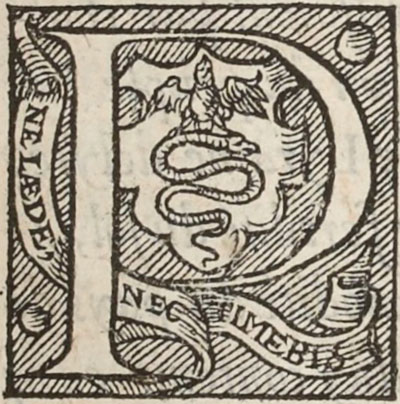 antagruelion is a plant that appears in a novel written by François Rabelais and published in Paris in 1546. The herb Pantagruelion is curiously similar to hemp (Cannabis sativa), but one variety has unusual properties. The cryptic nature of the episode has inspired many interpretations over the centuries.
antagruelion is a plant that appears in a novel written by François Rabelais and published in Paris in 1546. The herb Pantagruelion is curiously similar to hemp (Cannabis sativa), but one variety has unusual properties. The cryptic nature of the episode has inspired many interpretations over the centuries.
The novel, known as The Third Book (Le Tiers livre in French), is the third book in the chronicles of Gargantua and Pantagruel, giants and kings. Towards the end of The Third Book, Pantagruel provisions his fleet for a long and hazardous voyage. The narrator sees that the twelve ships are being loaded with great store of the herb Pantagruelion, green and raw as well as confected and prepared. He thereupon begins an encyclopedic discourse on the herb, covering its botany, cultivation, preparation, and use. Pantagruelion is full of fibres, in which consist all the dignity of the herb. The narrator relates the etymology of the herb’s name, in the context of the naming of dozens of other plants. He lauds a certain kind of Pantagruelion that cannot be consumed by fire.
The Third Book was written by François Rabelais, doctor in medicine, as were the previous books in the series, Pantagruel[1] in 1532 and Gargantua[2] in 1534 or 1535. The Third Book was the first of the series to carry the author’s name. The first two were published under the pseudonym “Alcofrybas Nasier” and were successful despite their criticism of the bureaucracy of the Catholic church in France, embodied in the College of Sorbonne.
The Third Book appeared in 1546[3] under the privilege of the king of France, François I. A revised and corrected edition appeared in 1552[4] under the privilege of François’s son Henry II. Rabelais died in Paris the next year around the age of 60 or 70.
The herb Pantagruelion occupies chapters 46 and 47 in the 1546 edition of The Third Book and chapters 49, 50, 51, and 52 in the 1552 edition, considered definitive and the basis for this website.
Chapter 49 : How Pantagruel made his preparations for going to sea. And of the herb called Pantagruelion.
Chapter 50 : How the celebrated Pantagruelion should be prepared and put to use.
Chapter 51 : Why it is called Pantagrelion, and the admirable virtues thereof.
Chapter 52 : How a certain kind of Pantagruelion cannot be consumed by fire.
The Third Book ends with a short poem in praise of Pantagruelion. Pantagruelion makes a couple of brief appearances in The Fourth Book,[5] which continues the saga of Pantaguel’s voyage.
1. Rabelais, François (1494?–1553), Les horribles et espouvantables faictz & prouesses du tresrenommé Pantagruel Roy des Dipsodes, filz du grand geant Gargantua, Composez nouvellement par maistre Alcofrybas Nasier. Les horribles et espouvantables faictz & prouesses du tresrenommé Pantagruel Roy des Dipsodes, filz du grand geant Gargantua, Composez nouvellement par maistre Alcofrybas Nasier. Lyon: Claude Nourry, 1532. Bibliothèque nationale de France
2. Rabelais, François (1494?–1553), Gargantua. Lyon: François Juste, 1534. Bibliothèque nationale de France
3. Rabelais, François (1494?–1553), Tiers Livre des faictz et dictz Heroïques du noble Pantagruel: composez par M. Franç. Rabelais docteur en Medicine, & Calloïer des Isles Hieres. L’auteur susdict supplie les Lecteurs benevoles, soy reserver a rire au soixante & dixhuytiesme livre. Paris: Chrestien Wechel, 1546. Gallica
4. Rabelais, François (1494?–1553), Le Tiers Livre des Faicts et Dicts Heroïques du bon Pantagruel: Composé par M. Fran. Rabelais docteur en Medicine. Reveu, & corrigé par l’Autheur, sus la censure antique. L’Autheur susdict supplie les Lecteurs benevoles, soy reserver a rire au soixante & dixhuytiesme Livre. Paris: Michel Fezandat, 1552. Gallica
5. Rabelais, François (1494?–1553), Le Quart Livre des Faicts et dicts Heroïques du bon Pantagruel. Composé par M. François Rabelais docteur en Medicine. Paris: Michel Fezandat, 1552. Gallica